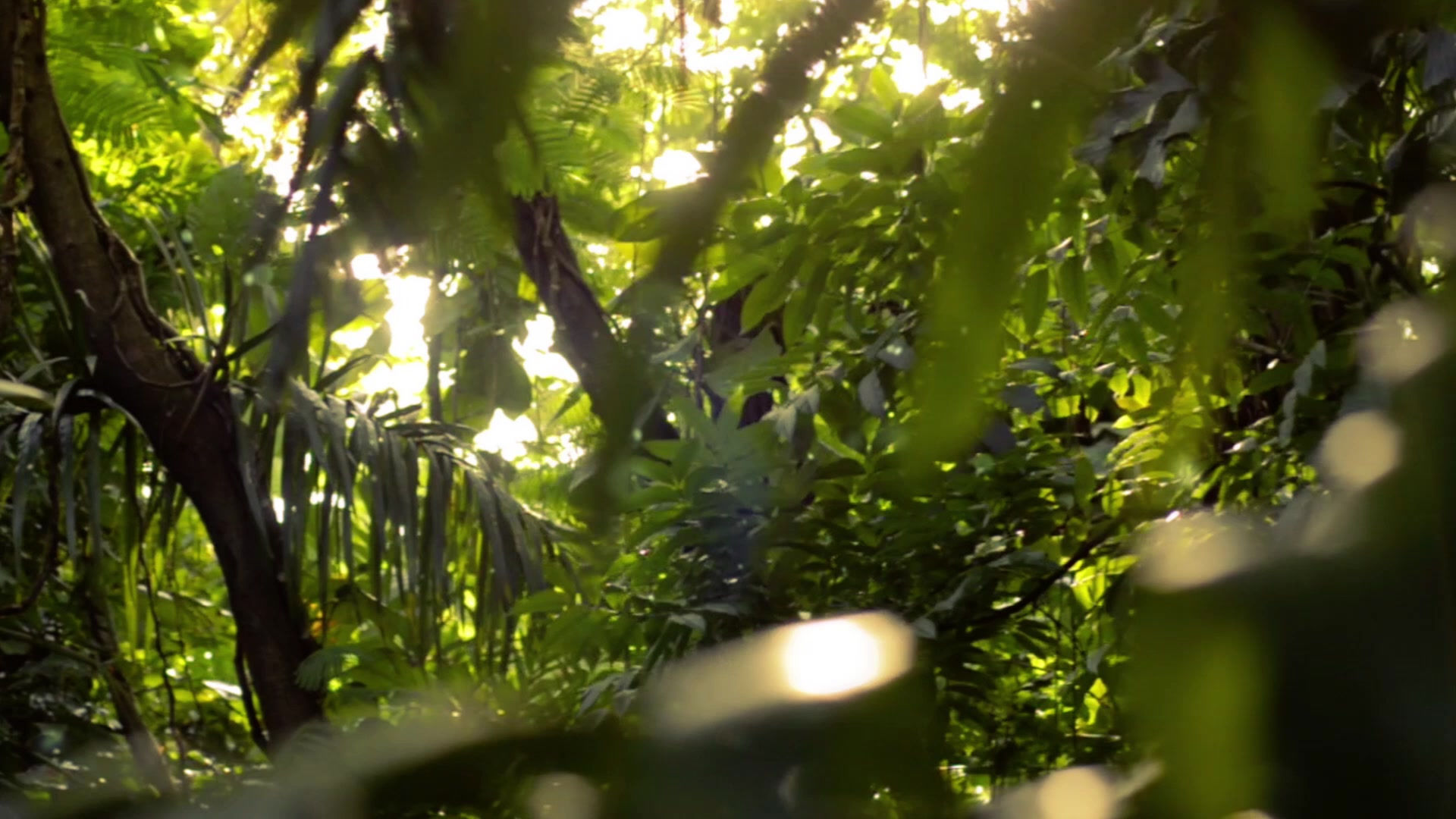Gum Trees in Urban Environments & Understanding the Risks
- Julia Steele
- Dec 20, 2024
- 4 min read
Eucalyptus (gum) trees are iconic, with their tall, slender trunks and aromatic leaves. They are beloved for their beauty and the calming scent they release, often gracing public parks, streets, and backyards across Australia. However, despite their allure, eucalyptus trees can pose significant risks in urban environments, primarily due to their tendency to drop large branches unexpectedly. This phenomenon, known as "branch drop," is a serious concern for public safety and urban forestry management.

What Causes Eucalyptus Trees to Drop Branches?
Eucalyptus trees are well-adapted to their native environments, often growing in conditions that involve periodic fires and strong winds. However, when planted in urban areas, they may face different challenges that can trigger branch drop. Here are some of the main factors that contribute to this hazard:
High Oil Content in Leaves - Eucalyptus leaves contain volatile oils, which are highly flammable and can help the tree survive in fire-prone areas. While this oil helps the tree in its natural habitat, it can also make the branches brittle. As branches grow heavier over time, their structural integrity weakens, increasing the likelihood that they will break off, particularly when subjected to strong winds or storms.
Heavy Canopy and Water Stress - Eucalyptus trees have fast-growing, dense canopies that are prone to becoming unbalanced, especially in urban environments where resources like water and space are limited. Trees that are stressed due to drought or soil compaction are more likely to shed branches as a form of self-protection. This is particularly dangerous when the tree is near pedestrian pathways, roads, or buildings.
Seasonal Shedding - Eucalyptus trees are known to shed branches seasonally. This natural process helps them conserve energy and adapt to environmental changes. In an urban setting, these fallen branches can pose a serious risk to people, vehicles, and infrastructure, particularly if the trees are not properly maintained.
Disease and Pests - Like all trees, eucalyptus trees are susceptible to various diseases and pests, which can weaken their structure. Fungal infections, for example, can cause wood decay and render branches more prone to falling. Additionally, certain pests like the eucalyptus longhorned borer can damage the inner structure of the tree, causing instability in the limbs.
The Urban Hazard: Why Falling Branches Are a Concern
Urban environments are not natural habitats for many species of trees, including eucalyptus. The combination of dense infrastructure, heavy foot traffic, and limited space for root growth means that urban trees are more vulnerable to stress and damage. Falling branches, particularly large or heavy ones, can cause a variety of safety hazards:
Injury to People: A large branch falling from a significant height can cause serious injury or even death, especially in public spaces like parks, sidewalks, or along roadways.
Damage to Vehicles and Property: In addition to injuring pedestrians, falling branches can crush cars, damage roofs, or block roads, leading to costly repairs and disruption of traffic flow.
Public Liability Issues: Property owners are often held liable for injuries or property damage caused by falling tree limbs. Maintaining healthy urban trees becomes not just a safety issue but also a legal and financial concern.
Disruption of Infrastructure: Eucalyptus trees can also damage utilities like power lines, causing outages or even fires, especially during stormy weather when branches are more likely to fall.
Mitigating the Risk: How to Manage Eucalyptus Trees in Cities
Given the potential hazards posed by eucalyptus trees in urban areas, proper management and maintenance are crucial. Here are some strategies that can help mitigate the risks associated with falling branches:
Regular Tree Inspections - Routine tree inspections by qualified arborists are essential to identify weakened or diseased branches. Professional arborists can spot early signs of structural weakness, disease, or pest infestations and recommend trimming or removal before a branch falls.
Pruning and Crown Maintenance - Proper pruning techniques can reduce the likelihood of branch drop by thinning out heavy canopies, removing dead or diseased wood, and reducing the weight on vulnerable limbs. Pruning should be done during the tree's dormant season to minimize stress.
Root Management and Soil Care - Eucalyptus trees benefit from healthy soil and sufficient water. Ensuring that trees in urban areas have access to the nutrients and moisture they need is critical in maintaining their structural integrity. Avoiding soil compaction and encouraging good drainage can also help prevent water stress.
Tree Selection - In some urban areas, the risk of falling branches may be too high for certain species of eucalyptus. In these cases, it may be necessary to replace high-risk trees with more suitable species that are less prone to branch drop or are better adapted to urban conditions.
Public Awareness - Urban residents and city planners should be made aware of the potential risks posed by eucalyptus trees. Public education campaigns about the importance of tree care and the hazards of falling branches can help reduce injuries and damage.
Eucalyptus trees in urban landscapes come with unique challenges. Falling branches pose a significant safety risk, and as urban populations continue to grow, it’s crucial to adopt effective management strategies to protect people, property, and infrastructure. By investing in regular inspections, proper pruning, and thoughtful tree selection, we can mitigate the hazards posed by eucalyptus trees while preserving their beauty and environmental benefits.
Urban landscapes are dynamic, and the relationship between people and trees must be carefully managed to ensure a safe, sustainable coexistence. Call us today for a no-obligation inspection and tree report. 0490 355 360.

Comments